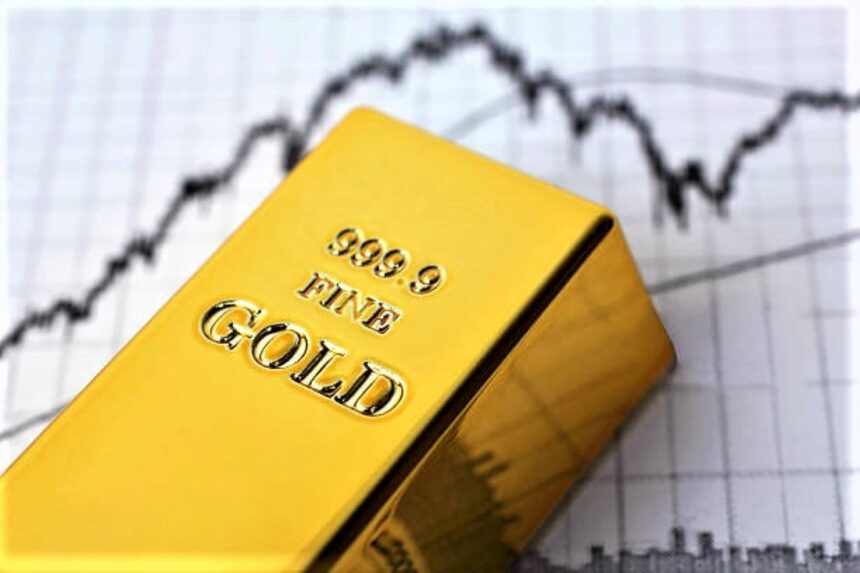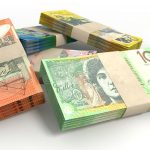Gold is still on the defensive, reached near a multi-week low.
The gold price (XAUUSD) is struggling to capitalize on its tiny Asian session recovery to the $1,955 range. And is currently trading near its lowest level since October 19. Which was reached the day before. A series of senior Federal Reserve (Fed) officials maintained a balanced tone. And sent contradictory signals about the direction of future rate hikes, pulling flows away from the non-yielding yellow metal since the start of this week. In addition, investors appear to be less concerned about escalation of the Israel-Hamas war. This is seen as another element contributing to the deterioration of demand for the safe-haven precious metal.
Sliding US bond yields weigh on the USD and boost the XAUUSD.
Meanwhile, market players appear to believe that the US Federal Reserve will begin decreasing interest rates in 2024. This causes additional declines in US Treasury bond yields and keeps the US Dollar (USD) on the defensive, supporting the gold price. Aside from that, the current cautious market sentiment, along with China’s economic troubles, may help restrict the precious metal’s fall. Market players are now waiting for the regular Weekly Initial Jobless Claims data from the United States to provide some momentum later in the early North American session, despite The attention will be on Fed Chair Jerome Powell’s address.
Daily Market Movers: The gold price is still being pushed down by renewed Federal Reserve rate rise bets.
The gold price has remained depressed throughout the Asian session on Thursday, near its lowest since October 19, despite a slight drop in the US dollar.
The yield on the benchmark 10-year US government bond remained near its lowest level in more than a month, undermining the USD and limiting losses for the non-yielding yellow metal.
Officials of the Federal Reserve left the door open to additional policy tightening, however the CME FedWatch Tool predicts that rate reduction might occur as early as March.
Fed Governor Lisa Cook sees present policy as being sufficiently restrictive for price stability, whereas Minneapolis Fed President Neil Kashkari concerns its sufficiency in light of the US economy’s strength.
Austan Goolsbee, President of the Chicago Fed, emphasized the importance of focusing on how high rates should remain, while Fed Governor Michelle Bowman discussed potential rate hikes this year.
Meanwhile, Fed Chair Jerome Powell did not comment on monetary policy or the economic outlook on Wednesday. And is expected to appear again this Thursday at another conference.
China’s economic difficulties help to keep losses in check ahead of Fed Chair Powell’s address.
The latest Chinese inflation numbers, announced earlier this Thursday. Indicated that disinflationary forces would persist as the domestic economy deteriorated.
According to the National Bureau of Statistics, China’s headline CPI fell 0.1% in October. Compared to a 0.2% increase in September. the prior month, and the annual rate fell 0.2%.
China’s Producer Price Index (PPI) fell by 2.6% in October. Slightly more than the 2.5% reduction in September but less than the 2.8% drop predicted.









